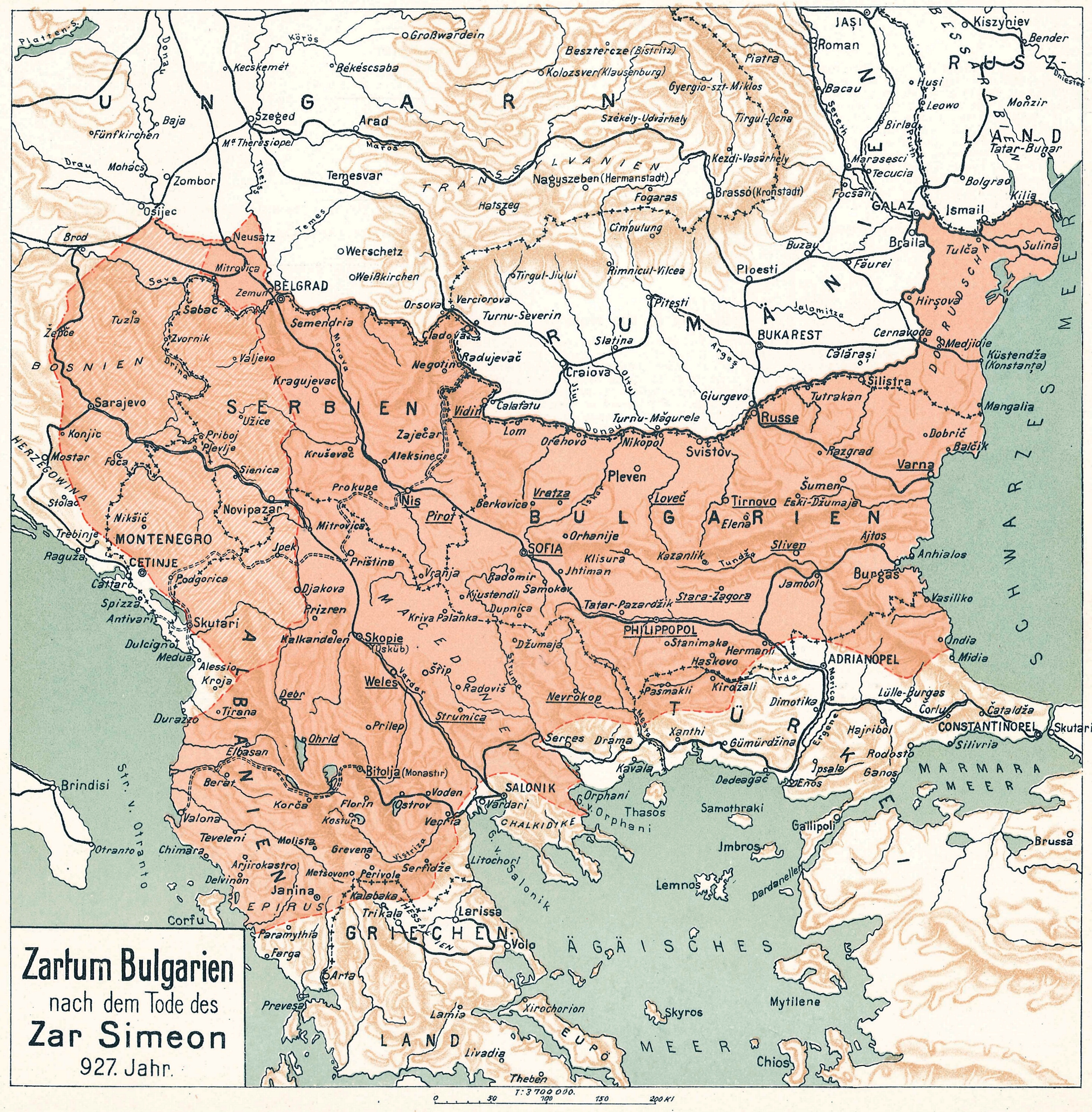|
Simeon I (other)
Simeon I may refer to: * Simon I (High Priest) (310–291 or 300–270 BCE), in the Temple in Jerusalem *Simeon I, Caucasian Albanian Catholicos in 706–707 *Simeon I of Bulgaria Tsar Simeon (also Symeon) I the Great ( cu, цѣсар҄ь Сѷмеѡ́нъ А҃ Вели́къ, cěsarĭ Sỳmeonŭ prĭvŭ Velikŭ bg, цар Симеон I Велики, Simeon I Veliki el, Συμεών Αʹ ὁ Μέγας, Sumeṓn prôto ... (864/865 – 927) * Simeon of Moscow, Simeon Ivanovich Gordyi (the Proud), (1316–1353), Prince of Moscow and Grand Prince of Vladimir * Simeon I of Yerevan, Catholicos of All Armenians in 1763–1780 See also * Simon I (other) {{hndis, Simeon 01 ... [...More Info...] [...Related Items...] OR: [Wikipedia] [Google] [Baidu] |
Simon I (High Priest)
Simon I, son of Onias I, (310–291 or 300–270 BCE) was High Priest in the Temple in Jerusalem during the Second Temple period. Some writers identify him with Simeon the Just: the ''Jewish Encyclopedia ''The Jewish Encyclopedia: A Descriptive Record of the History, Religion, Literature, and Customs of the Jewish People from the Earliest Times to the Present Day'' is an English-language encyclopedia containing over 15,000 articles on th ...'' (1906) names Fränkel and Grätz as examples. Patrilineal ancestry References 4th-century BC births 3rd-century BC deaths 3rd-century BCE High Priests of Israel {{Judaism-bio-stub ... [...More Info...] [...Related Items...] OR: [Wikipedia] [Google] [Baidu] |
Simeon I Of Bulgaria
Tsar Simeon (also Symeon) I the Great ( cu, цѣсар҄ь Сѷмеѡ́нъ А҃ Вели́къ, cěsarĭ Sỳmeonŭ prĭvŭ Velikŭ bg, цар Симеон I Велики, Simeon I Veliki el, Συμεών Αʹ ὁ Μέγας, Sumeṓn prôtos ho Mégas) ruled over Bulgaria from 893 to 927,Lalkov, ''Rulers of Bulgaria'', pp. 23–25. during the First Bulgarian Empire. Simeon's successful campaigns against the Byzantines, Magyars and Serbs led Bulgaria to its greatest territorial expansion ever, making it the most powerful state in contemporary Eastern and Southeast Europe. His reign was also a period of unmatched cultural prosperity and enlightenment later deemed the Golden Age of Bulgarian culture. During Simeon's rule, Bulgaria spread over a territory between the Aegean, the Adriatic and the Black Sea.Bakalov, ''Istorija na Bǎlgarija'', "Simeon I Veliki". The newly independent Bulgarian Orthodox Church became the first new patriarchate besides the Pentarchy, and Bulgarian ... [...More Info...] [...Related Items...] OR: [Wikipedia] [Google] [Baidu] |
Simeon Of Moscow
Simeon Ivanovich Gordiy (the Proud) (Семён Иванович Гордый in Russian) (7 September 1317 – 27 April 1353) was Prince of Moscow and Grand Prince of Vladimir. Simeon continued his father's policies aimed to increase the power and prestige of his state. Simeon's rule was marked by regular military and political standoffs against the Novgorod Republic and the Grand Duchy of Lithuania. His relationships with neighboring Russian principalities remained peaceful if not passive: Simeon stayed aside from conflicts between subordinate princes. He had recourse to war only when war was unavoidable. A relatively quiet period for Moscow was ended by the Black Death that claimed the lives of Simeon and his sons in 1353. Biography In 1340 Simeon, the eldest son of Ivan Kalita, was stationed in Nizhny Novgorod. Upon receiving news of his father's death, Simeon and his brothers Andrey and Ivan left for the Golden Horde to seek Uzbeg Khan's patent (''yarlyk'') for taking over t ... [...More Info...] [...Related Items...] OR: [Wikipedia] [Google] [Baidu] |
Simeon I Of Yerevan
Simeon I of Yerevan or Simeon Yerevantsi ( hy, Սիմէոն Ա Երեւանցի; 1710 – July 26, 1780) was the Catholicos of All Armenians from 1763 to 1780. In 1771, he founded a printing press at the Etchmiadzin Cathedral, the first in Armenia. According to Rouben Paul Adalian, the pontificate of Simeon I of Yerevan marked the reemergence of Etchmiadzin as a "truly important center of Armenian national affairs". Biography Simeon I was born in 1710 in Yerevan, then under Safavid Iranian rule. According to his contemporaries and 19th-century sources, his family was of noble origin. He received his education at the monastic school in Etchmiadzin, where he studied with his predecessor as catholicos, Hakob Shamakhetsi, and eventually joined the teaching staff. As a legate of the Holy See of Etchmiadzin, he travelled to Istanbul, New Julfa and Madras, the last of which was an important center of Armenian intellectual activity at the time. He was elected catholicos at Etchmiadzi ... [...More Info...] [...Related Items...] OR: [Wikipedia] [Google] [Baidu] |
